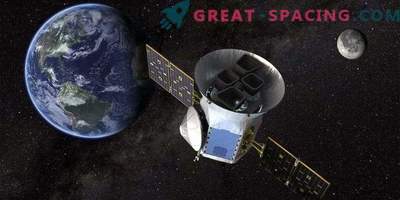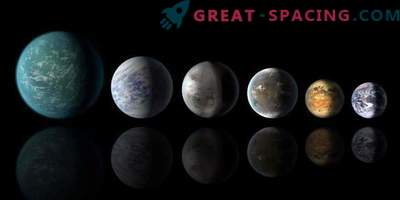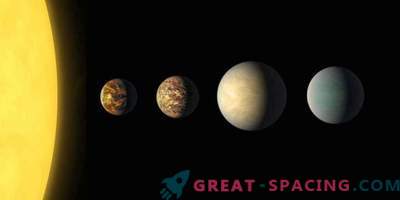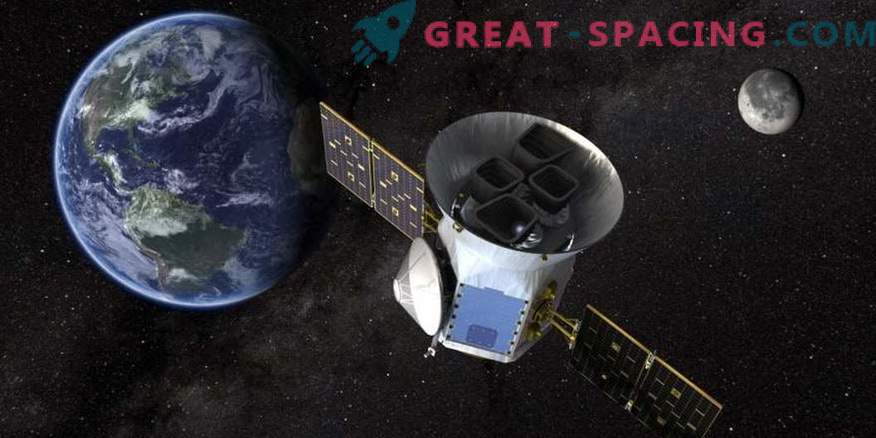
NASA is preparing a mission to study stars and planets outside the solar system. Satellite TESS are going to launch in 2018. He will have to travel through space, recognizing more than 20,000 distant planets. And all the objects are different in size: from the earth type to the gas giants. He is expected to create a detailed catalog and detection of small planetary systems.
The mission is designed for 2 years and is managed by the Goddard Space Flight Center. He will also track the brightness of 200,000 stars, noting the changes created by the passage of exoplanets. The device has four cameras with wide-angle lenses for viewing the entire sky.
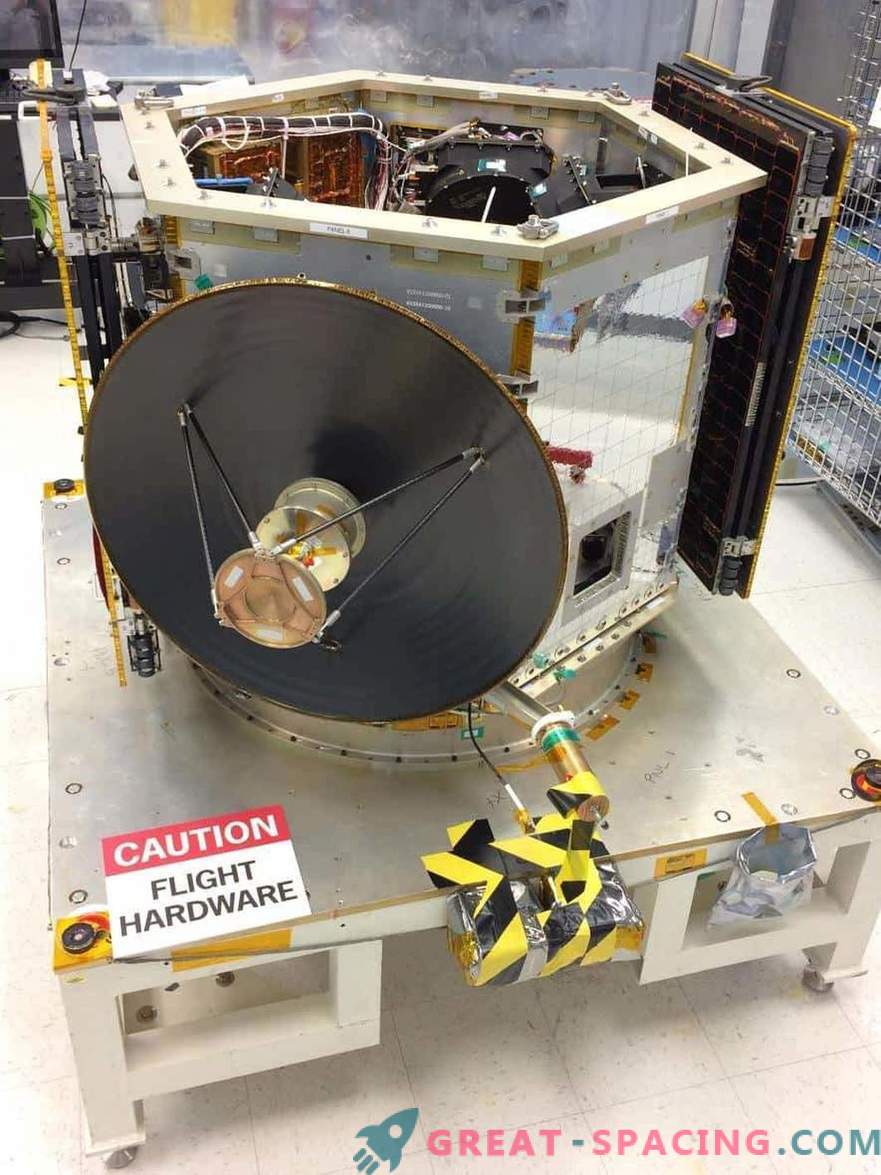
TESS spacecraft is awaiting installation of cameras and other devices
Each camera is represented by a narrow lens with seven optical elements and a detector, where four sensors are installed. MIT engineers have spent 4 years on creation.
NASA experts tested the functionality of the tools. The field of view of each camera is 5 times larger than those participating in the Kepler mission.

The device is ready for installation on a spacecraft
The whole structure is capable of scanning the celestial section in one instant, 20 times exceeding the capabilities of Kepler. The problem is only in the sharpness of the image when the shooting angle changes, and the lack of a single focus. In addition, the properties change with a change in the temperature index of the chambers.
That is why the developers carefully tested the camera, putting them in a simulation of future conditions. The check showed excellent functionality with a slight shift in focus.

Artistic interpretation of TESS exploring exoplanets near distant bright stars
The team will continue to test the device on Earth. After launching, TESS will divide the sky into 26 sections and will stop its cameras alternately on each one. The first year will be spent on inspection of the Southern Hemisphere. The data arrive on the on-board computer and are transmitted every 2 weeks to the earth receiving point.





